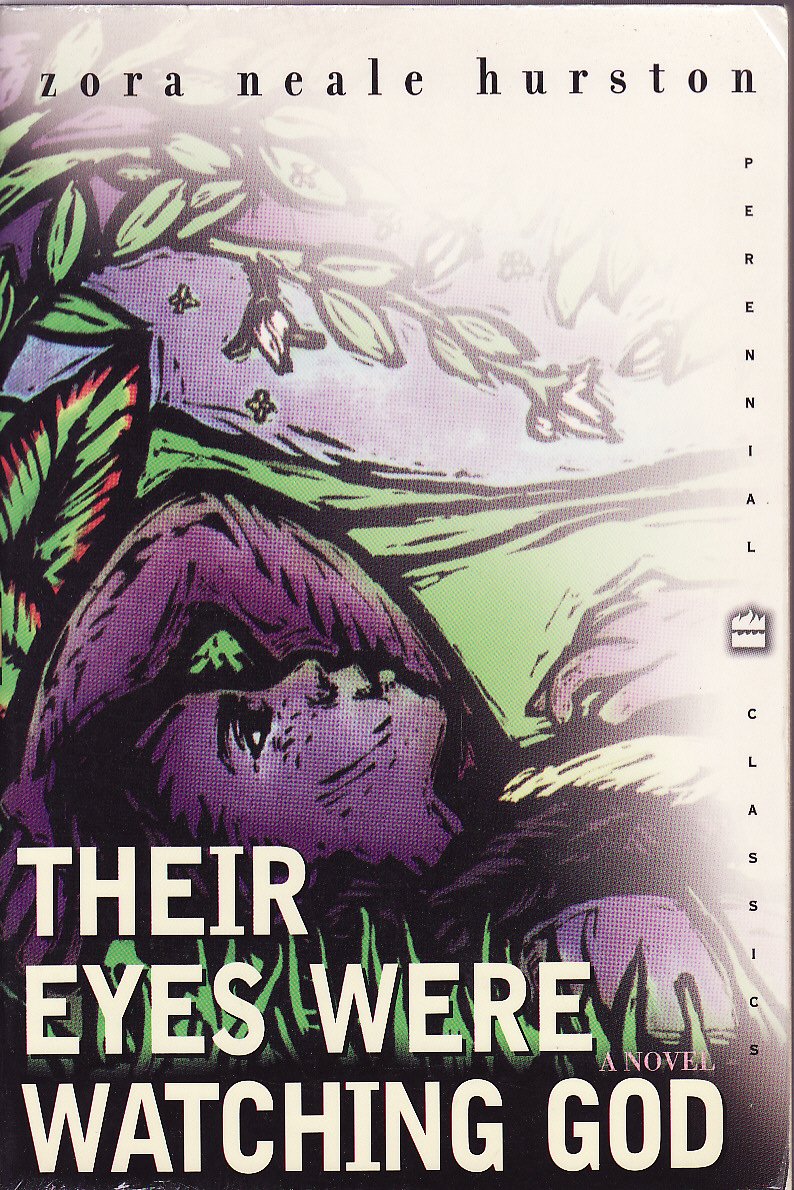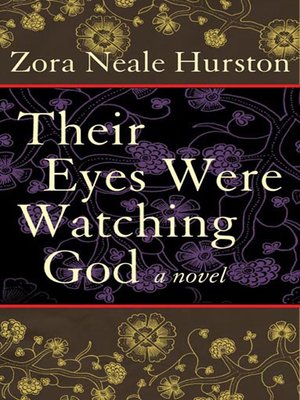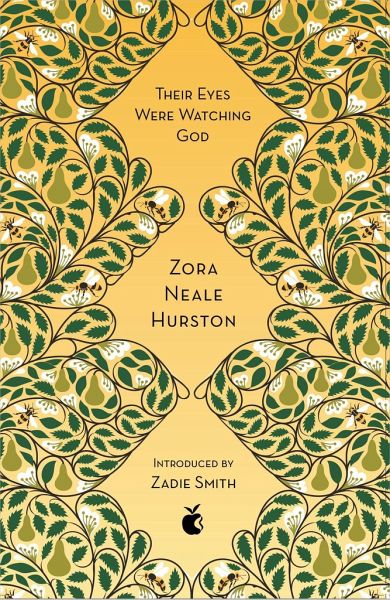
Eleven AAs had been “placed in remedial speech education classes based in pathological linguistics evaluations which failed to take into account their linguistic heritage as speakers of AAVE” (Mufwene et al. This decision initiated a big public debate about the legitimacy of ‘Ebonics’ and AA culture in general, which was further fuelled by the Ann Arbor case in 1979, also known as the ‘Black English trial’.


It further decreed that the funding for the implementation of this resolution were to be provided by the State. Then in 1978, the Oakland, California, School Board passed a resolution recognizing AAVE (or as they termed it, Ebonics, on the use of this expression see 2.2) as a language and instructing its schools to “devise and implement the best possible academic program for imparting instruction to African American students in their primary language for the combined purposes of maintaining the legitimacy and richness and to facilitate their acquisition and mastery of English language skills”. However, this approach also failed because the failure of AA children in school seems to be a result of a cultural and social divide between AA and white American society, of which separate dialects of English are only a symptom (Cf. When this approach failed, linguists suggested that AA children only spoke a different dialect than white children and that consequently, it would be necessary to teach them SE as an additional dialect.


To counteract this, it financed compensation programmes in which AA children should be taught Standard English (SE) “by means of structural drills and techniques adopted from foreign language learning” (Schneider 1989: 12, as cited in Kautzsch 2002: 2). 4.1.2 Obvious and camouflaged differencesĥ.1 Reasons for the ongoing existence of a separate AA dialectĥ.2 Reasons for the further divergence of AAVE and SEħ.2 Secondary Sources 1 AAVE in public consciousnessĪfrican American English (AAVE) was first brought to the attention of linguists when in the 1960s, the government realised that African American (AA) children from urban ghettoes were worse in school than white pupils.


 0 kommentar(er)
0 kommentar(er)
